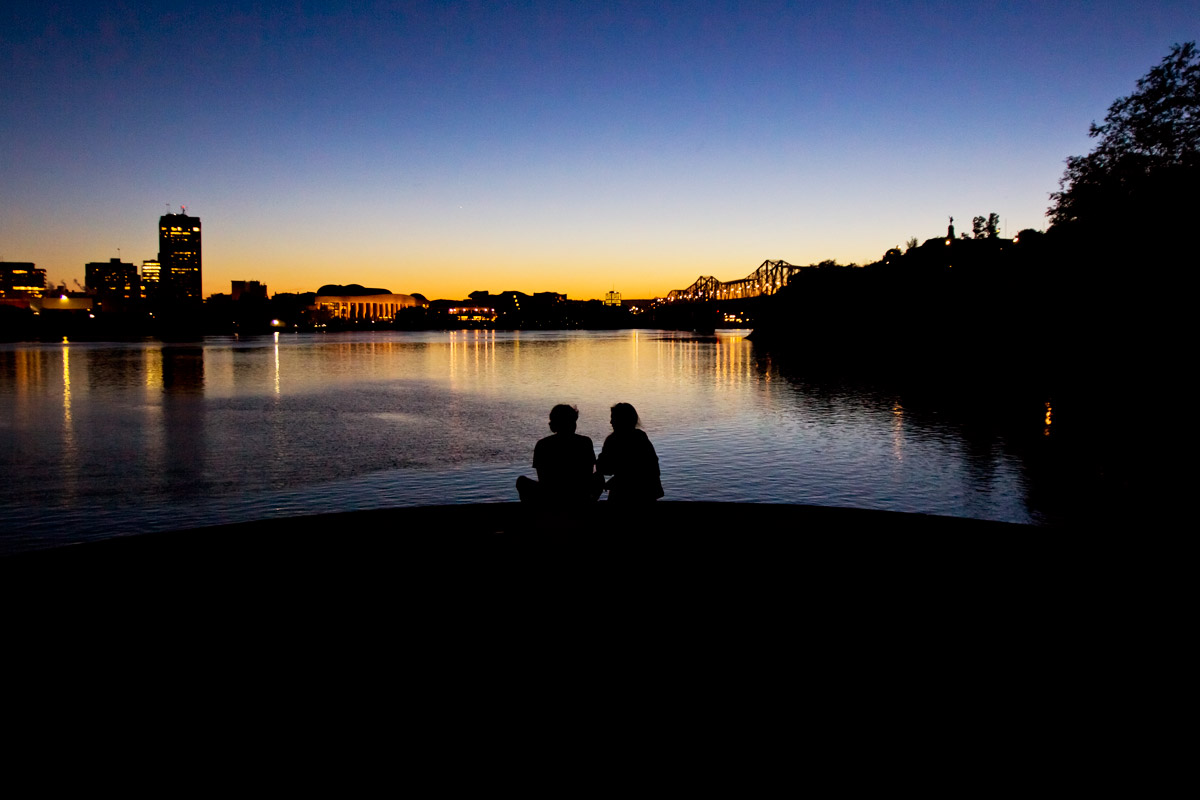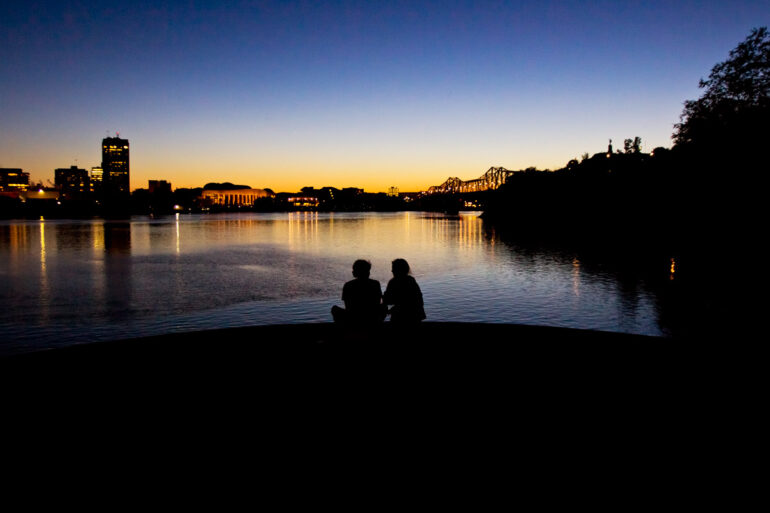We may earn a commission when you purchase through affiliate links. Learn more.
Before we get deep into the technical side of photography, exploring how cameras, lenses, and exposure works, let’s address the creative side first. Unlike the technical aspects of photography which are rooted in scientific and mechanical fact, creativity isn’t quite as tangible or easy to define and it’s definitely not as easy to learn.
With an understanding of exposure, you can take photos that might be technically exactly as they should be, but still seem to lack something. Creativity is difficult to teach, but there are some simple steps you can take to enhance the creativity that you might not be aware you had.

Digital photography has made it easier than ever to take great photos without even thinking. With the camera on auto-mode, even someone who has never touched a camera before can take a well exposed snapshot.
To take creative photos though, thinking is absolutely necessary! Before you press the shutter button each time, think about your scene. Every scene has many different elements that you should be aware of before you compose and take each photo. Learning to identify these components in a scene takes time and it takes effort, but before long you’ll begin to visualize the world like a photographer.
Light
Photography is all about the light, so consider this component of your scene first. Look around and figure out where the light is coming from. How is it illuminating your subject? Is the light warm or cool? Is the light soft or harsh? Would changing your position improve your view of how the light interacts with your subject or scene? Even though the light meter in your camera can help read the lighting in a scene, it doesn’t have any sense of creativity and just sees things as bright or dark. In the low light of dusk, your camera makes the assumption that you want the subject of your scene to be properly exposed — but maybe it would look better as a silhouette instead. Your camera can’t see the possibilities of light the way you can — it doesn’t know that proper placement of light and shadow can create a sense of mystery in a scene or direct a viewer’s eye where you want it to go.
Movement
Movement is a dimension that you might think would be easier to capture using a medium like video, but photography is more than capable too. Identify which parts of your scene are in motion — maybe clouds are blowing swiftly across the sky, perhaps a river is flowing through the scene, or maybe it’s your subject that’s in motion. You can give viewer’s a greater sense of movement in your photo by changing your exposure time and by where you position the moving element in your scene. We’ll talk more about movement in our composition lesson and our shutter speed lesson.
Depth
Depth is an element that is critical to composing a great photo. In addition to your subject, which might be located close to you or far from you, scenes have a background and a foreground and sometimes a middle ground as well. Being conscious of what elements are found in your scene and where they are can help you create an image that is interesting to your viewer without any unnecessary distractions. You’ll learn about a related topic, depth of field in an upcoming lesson, which is the measure of how much of your scene is in focus. By limiting how much of your foreground or background is in focus, you can direct a viewer’s attention directly to your subject.
Texture
Unless your scene consists of nothing but a flat, grey wall, it’s more than likely filled with texture. Identify what and where these textures are in your scene — maybe the texture comes from tall grasses swaying in a gentle breeze or perhaps from the colored stones on a riverbank. Whatever the texture is, be aware of it and try to think how you can use it to improve your photo. Some textures can compliment your subject, while others can distract from it.
Color
Along with light, color is so important to think about when composing a photo, even if you intend to convert the shot to black and white. Look for the subtleties in your scene, the unique tones and shades of color that catch the light and shadow. Think of your subject’s position in the scene and how it could be improved by changing your own position to give it a better background. For instance, if you’re photographing a friend wearing a green jacket and he’s standing in front of a green hill, you might consider changing your position or your subject’s position so that the background color contrasts better with what he’s wearing.
Once you identify all of the components of a scene, think about what you want your photo to say. The difference between a photo that’s pretty and a photo that actually makes people pause and look for more than a few seconds is often whether it tells a story or not. You’ve probably heard the saying, “A photo speaks a thousand words,” but if your photo doesn’t having anything to say, it’s going to end up mute — just another pretty photo in a sea of millions of others.
You might wonder how a two dimensional photo could possibly tell a story, but it all comes down to using the various elements of your scene to craft a picture that makes the person looking at it feel something, be it empathy, wanderlust, sympathy, longing, or any number of other feelings. You can learn more about capturing mood and atmosphere in your photography here.

